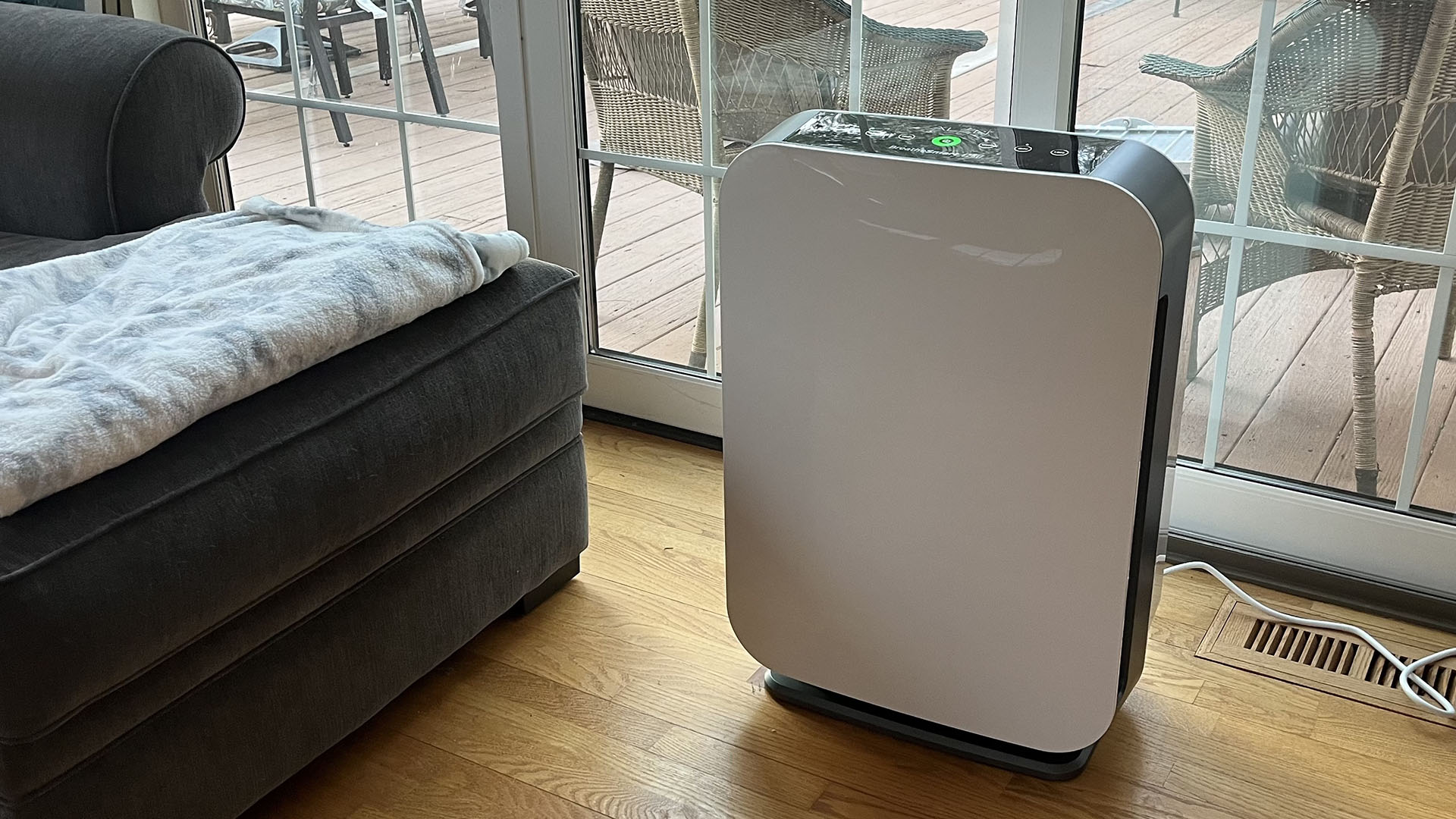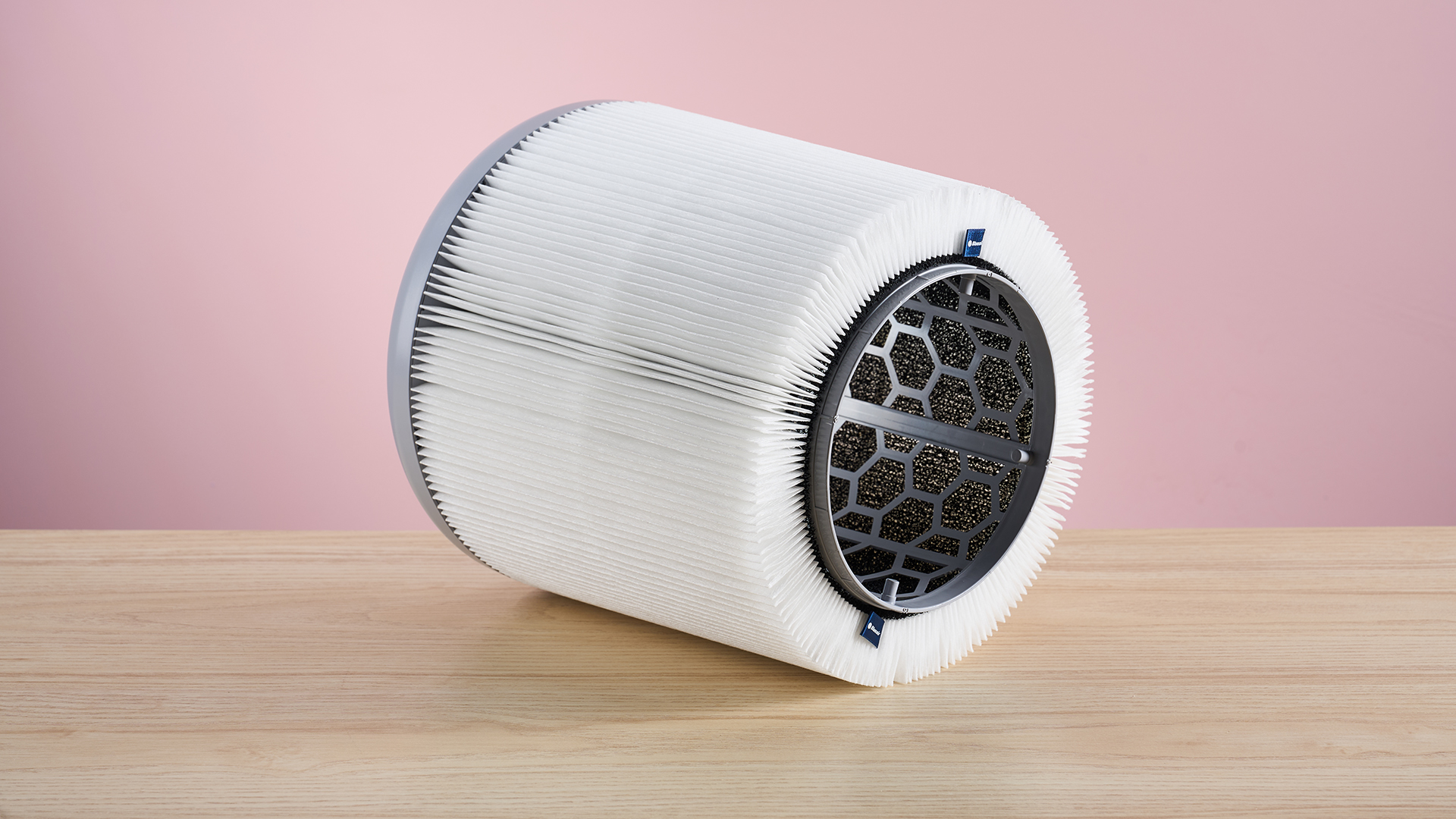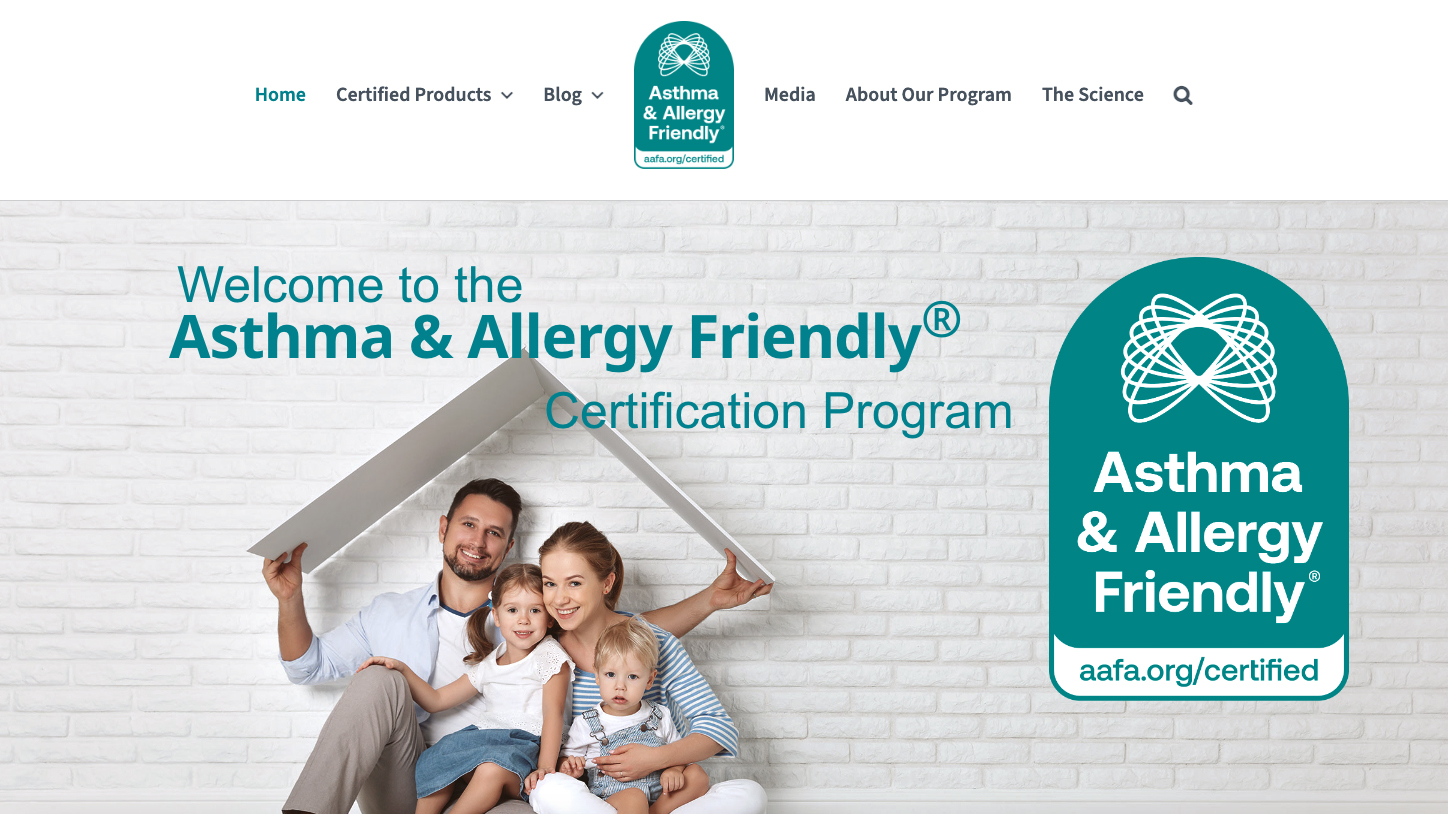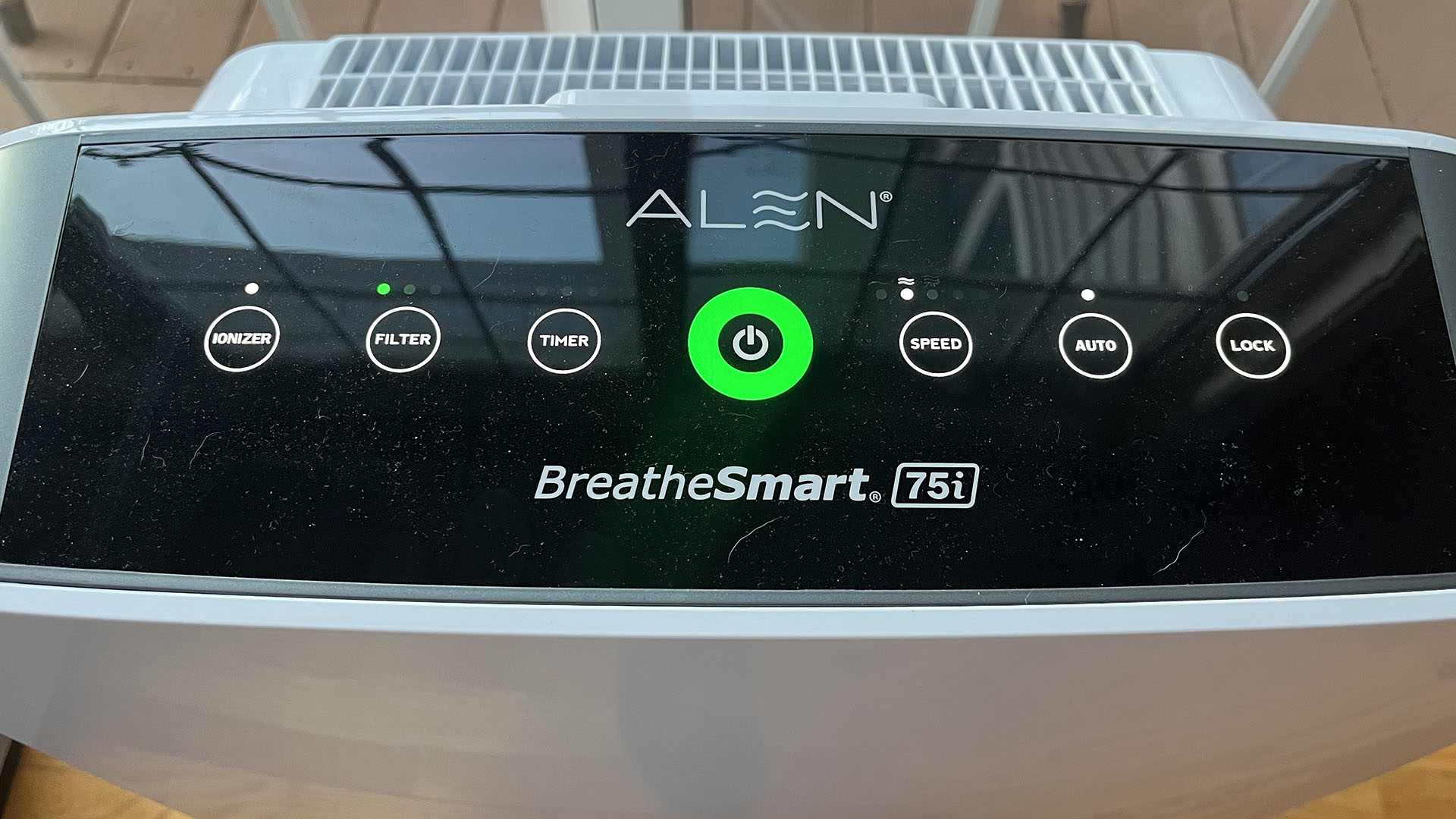5 things to look for in an air purifier for hay fever
What makes a good air purifier for seasonal allergies? We asked an expert

Seasonal allergies such as hay fever can be seriously debilitating. A good air purifier can help by capturing airborne allergens and removing them from the air. If you choose the right model – taking into account specs such as circulation rate and filter type – it can significantly reduce the number of allergen particles floating around your home.
This article aims to help you understand what to look for, and how to use an air purifier to fight seasonal allergies. Once you're clear on what you need, our roundup of the best air purifiers offers plenty of tried-and-tested recommendations. We've enlisted the help of Warburg Lee, a clean air technology expert and founder and CEO of Alen, to provide his expertise.
Before we start, be aware that on its own an air purifier isn't a miracle cure for hay fever. Allergens can still make their way into your home, through windows, doors or via clothing. And, of course, a purifier will only capture particles from the air that pass through it; it won't remove them from surfaces. However, a good air purifier can make a difference when used alongside other precautionary measures.

Warburg holds advanced engineering degrees and is a recognized expert in air quality science and clean air technology for healthier indoor environments. He's also founder and CEO of Austen-based air-care brand Alen.
1. A true HEPA filter
The first thing to look for is a true HEPA filter. HEPA stands for high efficiency particulate air [filter], and is an efficiency standard for air filters.
To carry the HEPA name, a filter must be able to capture at least 99.95% of particles with a diameter of 0.3 microns. That means it will catch the vast majority of allergen particles that pass through it. While very tiny fragments of pollen might still make their way through, this type of filter is still very effective.
Beware that "HEPA-style" or "HEPA-like" filters will not have been through the testing process.

2. A high CADR rate
An air purifier can only remove allergens from the air that passes through it. So in order to have an impact on your hay fever, it needs to be processing the air efficiently, and fast enough to clear allergens in the size of room in which it's placed.
Sign up for breaking news, reviews, opinion, top tech deals, and more.
"The CADR indicates how quickly the purifier can clean the air. A higher CADR means faster, more frequent filtration," explains Lee. "For example, the Alen BreatheSmart 75i has a CADR of 347 for pollen, delivering 347 cubic feet of clean air per minute, making it well suited for larger rooms during allergy season."
3. Asthma & Allergy Friendly Certification (US)
In the US, you could also look for an Asthma & Allergy Friendly Certification. This is awarded by the Asthma and Allergy Foundation of America (AAFA) and Allergy Standards Ltd (ASL), and confirms that the purifier has been independently tested and proven to reduce indoor allergens such as dust, pollen, and pet dander, without introducing harmful byproducts.
A number of Alen air purifiers have recently been awarded this certification – you can read about one of them in our 4.5* Alen BreatheSmart 45i review.

4. Quiet Mark certification
Beyond the essential specs that ensure the purifier is efficiently cleaning the air, there are some additional functions that make it more suitable for use for allergies such as hay fever.
"Consider the Quiet Mark certification for low-noise performance, especially if using the purifier in bedrooms," suggests Lee. This is an independent global certification program that identifies the quietest products in a variety of household appliance categories.
Some purifiers will even have a dedicated "night" mode designed for minimal disruption when used while sleeping.
5. Smart air sensors
"Smart sensors that adjust to real-time air quality are also helpful," says Lee. "Units with auto mode and real-time sensors can help maintain consistent air quality without requiring manual adjustments."
Opting for an air purifier with smart sensors means it will automatically ramp up when air quality is low, and drop to a lower mode when there are fewer particles and allergens in the air. It means it can operate efficiently and effectively, without you having to worry about it. They're more well-suited for continuous use over long periods, which is likely what you want if you're using it to deal with hay fever.

How should you use an air purifier to help with hay fever?
"It’s best to run air purifiers continuously during hay fever season. Pollen counts are often highest in the early morning and evening, so it’s critical to have your unit running during this time at a minimum," advises Lee.
"It’s also a good practice to run the purifier after vacuuming or dusting, since these activities release settled allergens into the air. Keep the purifier in rooms where you spend the most time, especially the bedroom, and close windows to prevent new pollen from entering."

Ruth is TechRadar's Homes Editor specializing in air (vacuum cleaners, fans, air purifiers), and hair (hair dryers, straighteners and stylers). She has been in consumer journalism since 2020, reviewing and writing about everything from outdoor kit to mattresses and wellness gadgets, with stints on Tom's Guide and T3.
You must confirm your public display name before commenting
Please logout and then login again, you will then be prompted to enter your display name.